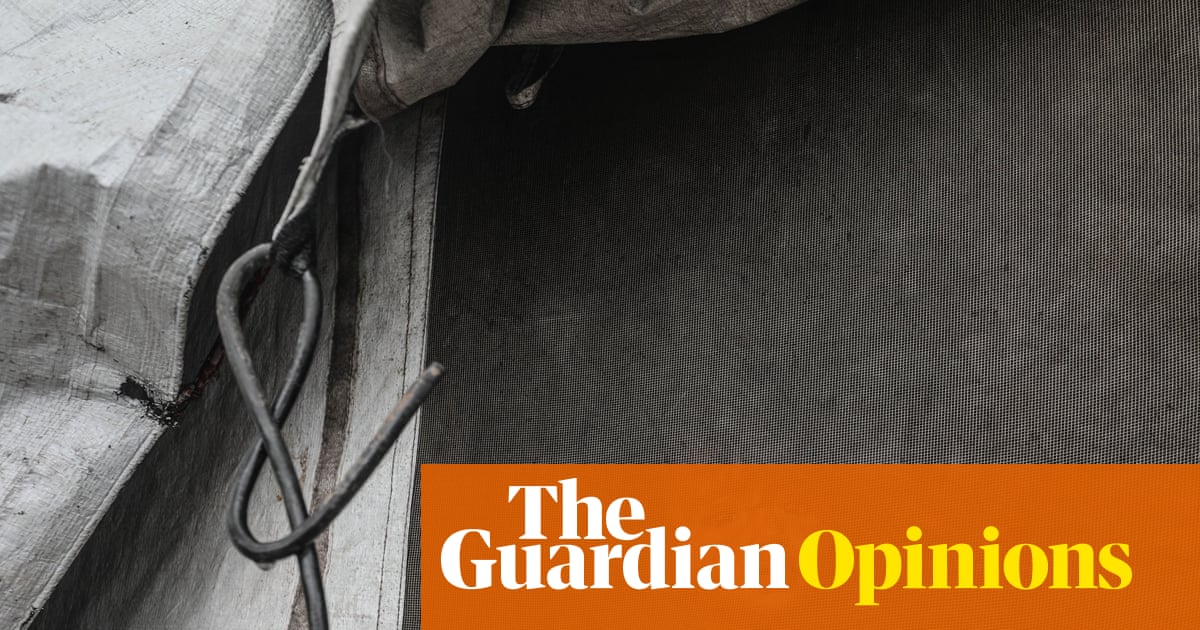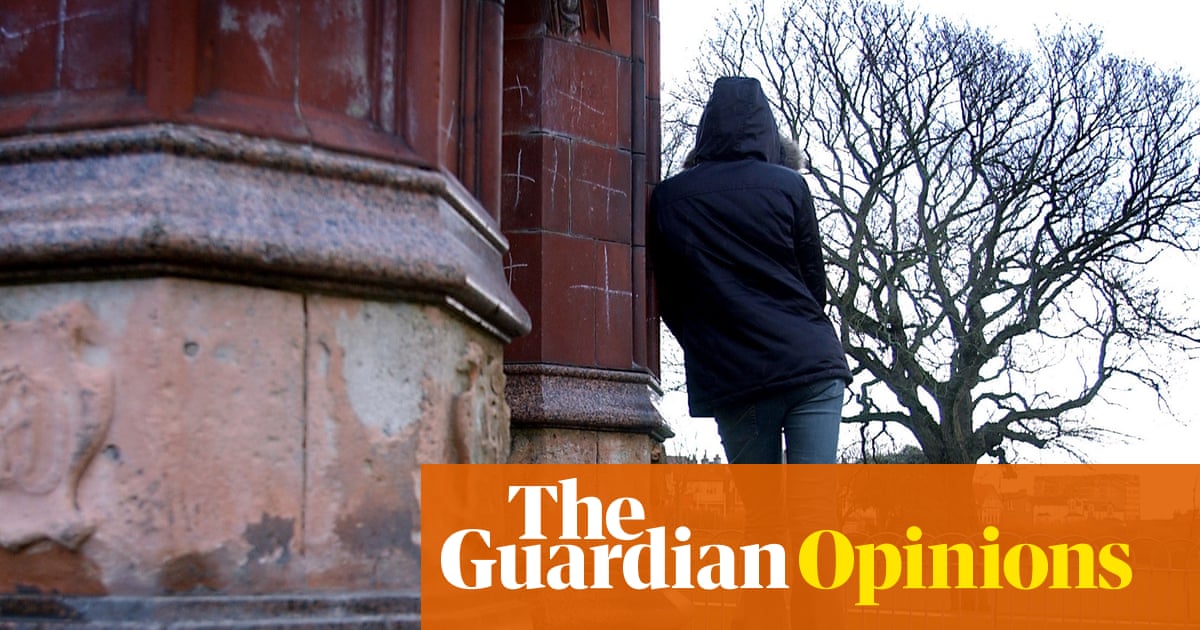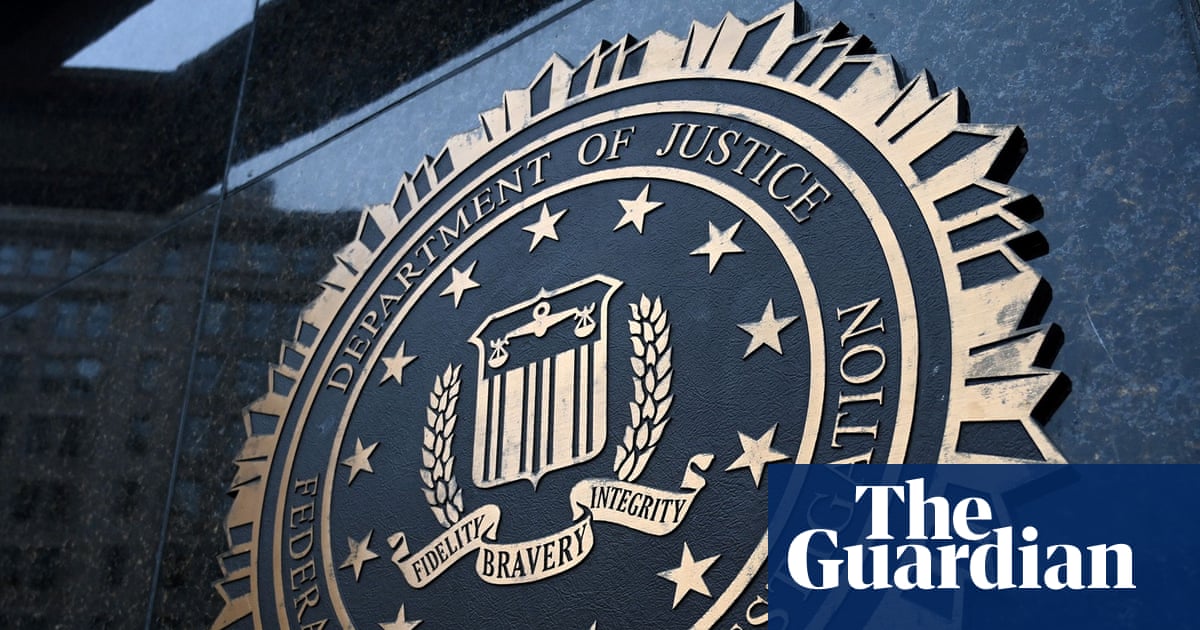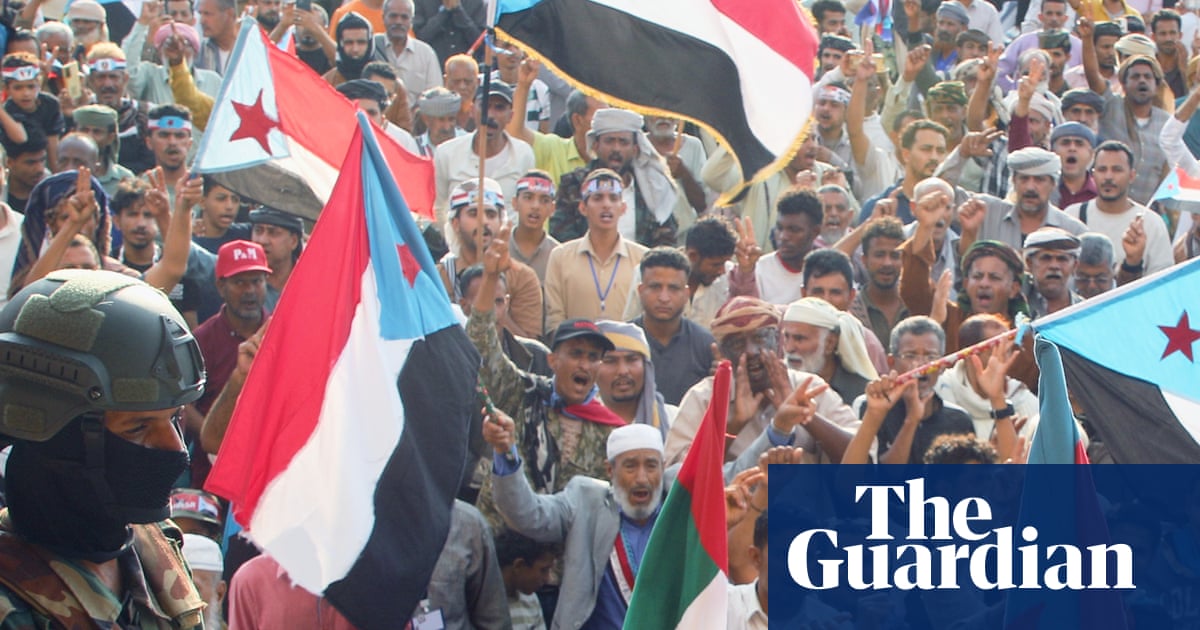Hundreds of bodies could have been buried at a mass grave discovered in Egypt’s Sinai province by human rights campaigners.
Bodies lying on the surface and others buried barely 30cm below were found at a burial site near a military outpost by the Sinai Foundation for Human Rights.
The group discovered the mass graves while conducting research into disappearances and extrajudicial killings of civilians during a decade of conflict in the Sinai region between Egyptian security forces and Islamic State-aligned militants.
The findings, exclusively shared with the Guardian, provide “rare, documented evidence of enforced disappearances and extrajudicial executions in North Sinai”, said Ahmed Salem, the executive director of SFHR.
“This discovery not only sheds light on the scale of violations committed by the Egyptian army during the conflict, but also demonstrates a systematic pattern of unlawful killings and the secret burial of victims, carried out with total impunity.”
The Egyptian state denies having carried out forced displacement in Sinai but is accused of having displaced more than 150,000 indigenous residents and has never acknowledged any civilian casualties in Sinai during its war against IS.
In a new report, SFHR identified the site of a mass grave south of the city of al-Arish, in an area with visible signs of a heavy military presence, including several bases and large sand trenches.
The grave was only 350 metres from a road but was concealed by the military presence in an area that was heavily locked down during the peak periods of conflict between 2013 and 2022.
SFHR said two members of pro-military militias had given basic information about the mass graves sites but their own researchers had then had to search for the sites themselves.
When they visited, on two occasions in December 2023 and January 2024, they discovered two pits, one of which they could not access because of its proximity to military forces but which they said had the remains of bodies visible from the surface.
Videos shared by SFHR show that when they arrived at the site the remains of bodies were apparent without having to dig, having possibly been dislodged from their graves by flooding in the past. Other bodies were found when they dug further, to a depth of 30cm.
Research conducted by Forensic Architecture, a research agency based at Goldsmiths, University of London, using satellite analysis and images shared by SFHR from the site, confirmed that a minimum of 36 skulls could be identified. SFHR’s researchers believe there are more than 300 bodies at the site based on their own counts but said they could not take pictures of all of them because of time constraints.
Forensic Architecture confirmed that the site was probably used as a mass grave by identifying the clearing of the land and the emergence of track marks over a period of time.
“There were so many bodies visible, I couldn’t imagine I would see something like that. These were people who might have once walked beside me on the streets and now here were there skeletons,” said a member of SFHR’s team, whose identity has been concealed for fear of reprisals. “The scene was horrific. We all froze from that first moment we stepped into the pit and saw so many corpses superficially buried there.”
They said the bodies were buried in an undignified manner, without respect for local customs. They found many bodies were probably in the clothing they were wearing when they were killed. Some were blindfolded. They said there were no signs of military uniforms or equipment in the graves.
SFHR’s first informant told them that the bodies buried in the mass graves belonged both to people killed shortly after detention and those who had been detained for several years. They were not necessarily militants but were suspected of collaborating with them; however, they had been executed without any legal process or substantial evidence.
Another source confirmed the site south of al-Arish city and said he had witnessed an execution of 15 people there, after which soldiers had placed weapons next to their bodies and the next day claimed in a statement that they had killed 15 terrorists in a clash.
The wife of a man who was arrested during a mass raid in 2016 alongside his father and brothers said that nine years later the family are still trying to find information about their relatives but are constantly told by security forces to give up.
“We have lived in fear. Nine years is a long time and we have lived without any news. I was scared to ever look through the statements of the military spokesperson, to see their names and pictures among those ‘liquidated’,” she said.
The woman said the family were ordinary civilians. Her mother-in-law would go to meet recently released prisoners and ask about their family, but found no information.
She said the family has struggled since most of the men in the family were arrested and others fled Sinai for fear of the same happening to them. The women fend for themselves by baking bread and selling it locally.
She also has a young son, who she was pregnant with at the time of her husband’s arrest, and has been looking after the daughter of one of the brothers whose wife had died prior to his arrest.
“It’s hard to see my son grow up knowing nothing of his his father other than a picture,” she said. “It’s heartbreaking. Not a single night of these past nine years have I slept without tears running down my cheeks.”

 3 months ago
90
3 months ago
90

















































